Welcome to a campus of pioneers. Fresh ideas. First sparks. Bold steps towards a bright future, full of opportunity.
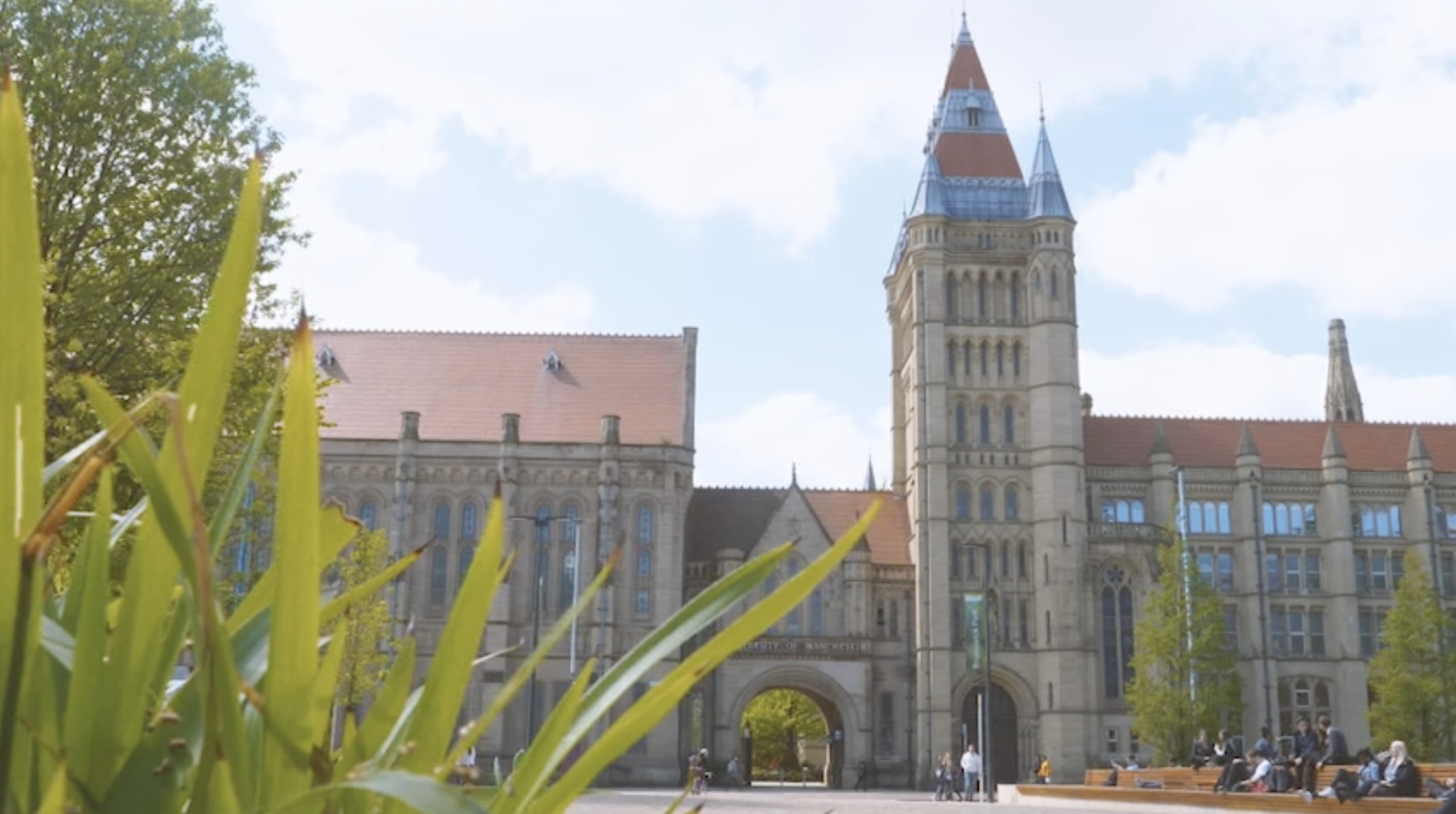
You belong to a campus that is full of stories that have shaped us, our city and indeed the world. They are stories of radical change, of groundbreaking discoveries and creative developments. They are our history, they shape our future; and now, yours.
Our campus is so much more than just a physical space. We’ve created our virtual heritage and cultural campus tour so that you can get to know more about campus than just the buildings you'll see.
So, whether you’ve joined us in Manchester already or you're still waiting, take a look at how our campus has shaped your University.

Welcome to our heritage
To see how our past has helped define our present, let’s take a tour of our historic campus.

Wander through history
The Queen’s Arch
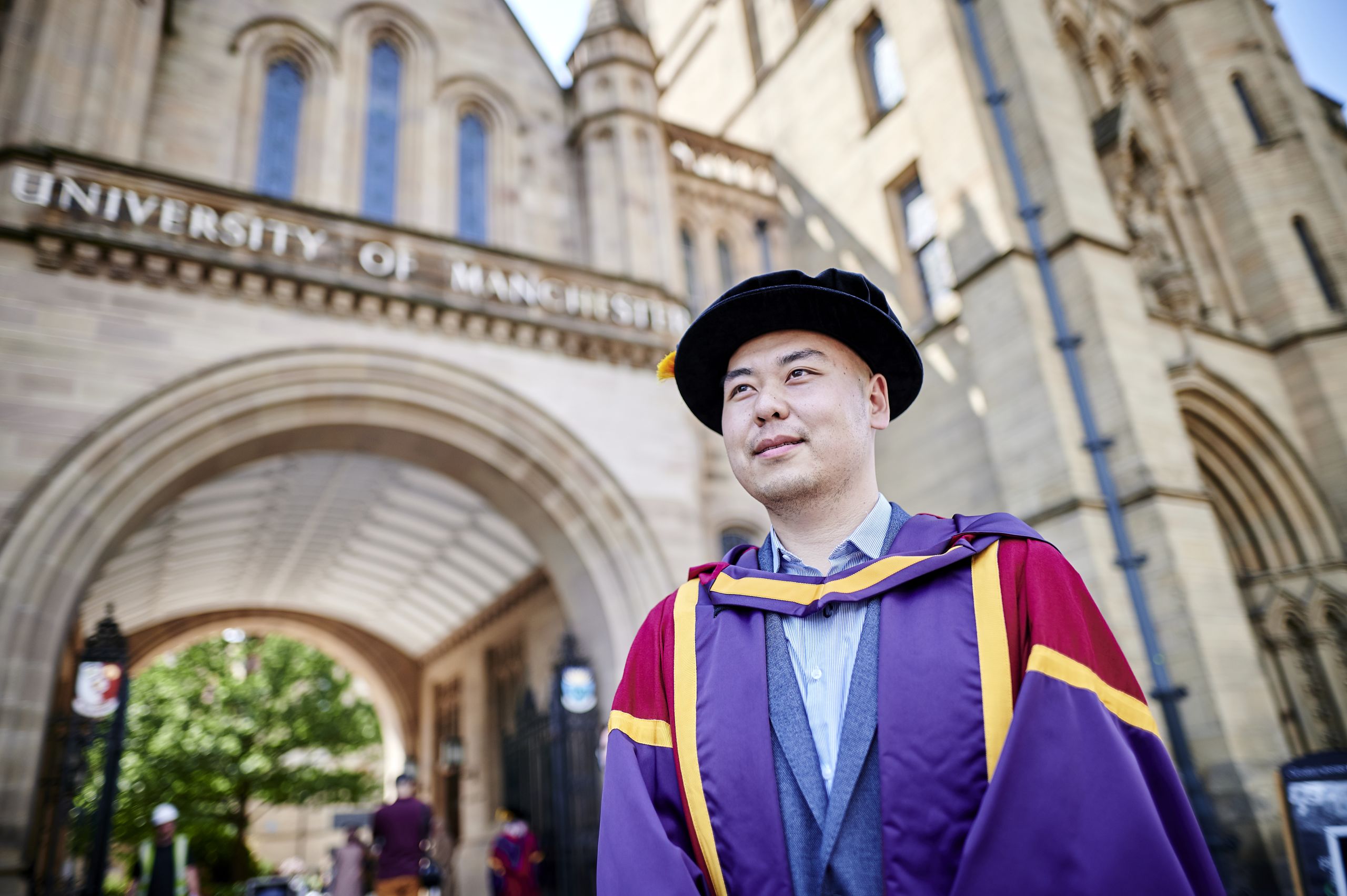
Our tour begins at the iconic Queen’s Arch, the gateway into the University. Designed by Alfred Waterhouse (who also designed the Natural History Museum in London), this Gothic arch, in warm-coloured sandstone, is the number one place to start our journey.
The Old Quadrangle
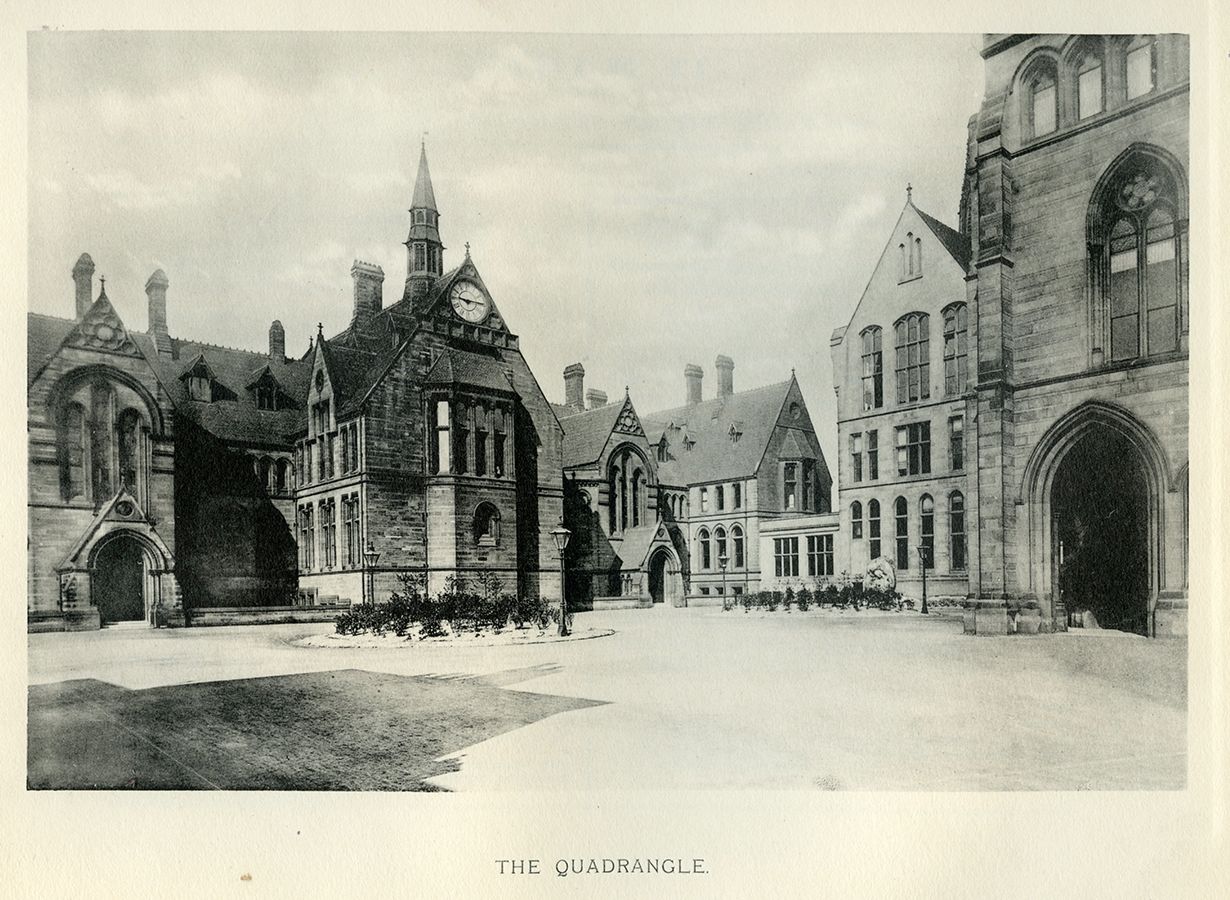
Stepping through the arch, you walk into the Old Quadrangle, where you’ll see the original buildings of Owens College, a predecessor of today’s university. John Owens, an unmarried Manchester merchant and industrialist, left most of his fortune to provide "to youths of the age of 14 and upwards instruction in the branches of education taught at English universities, free from religious tests", which is how Owens College started.
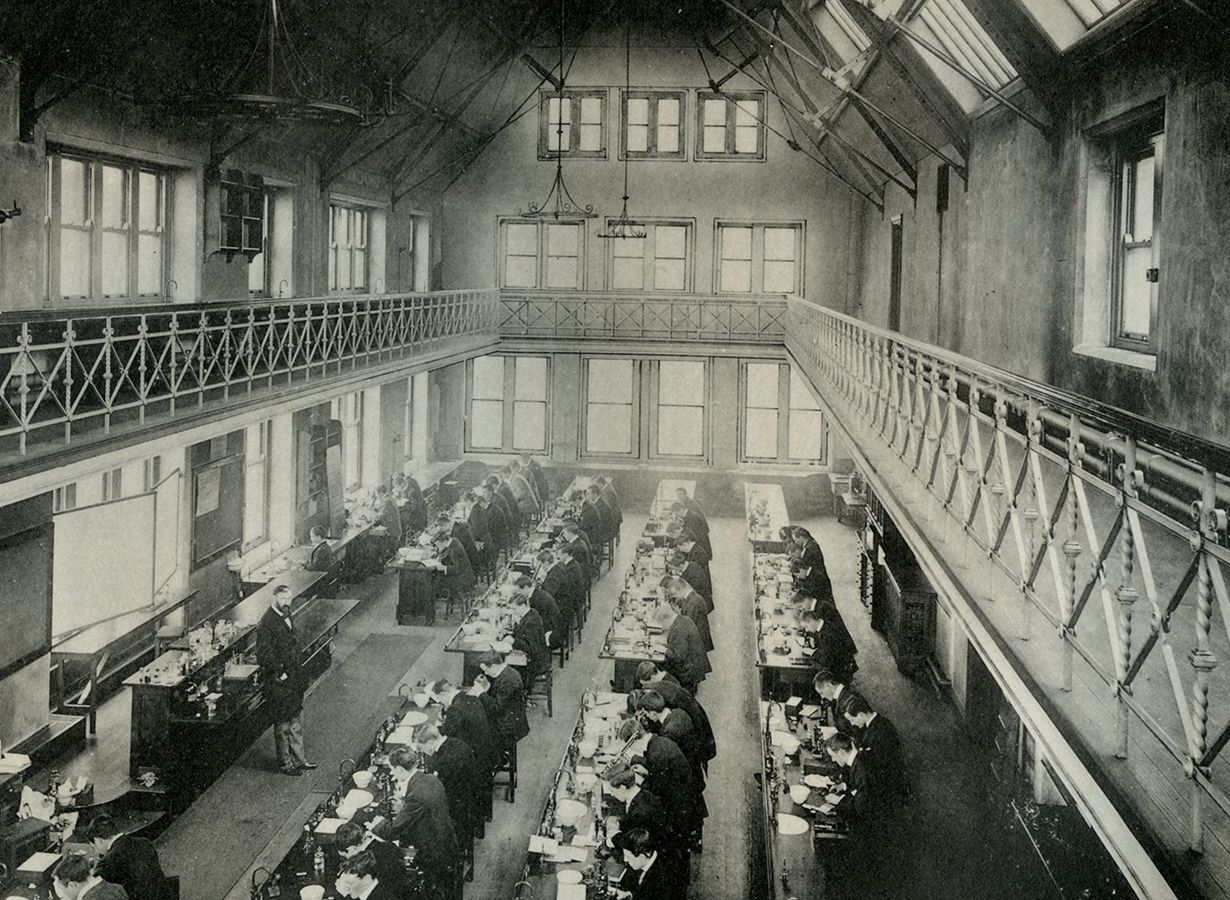
The Quad, as it’s affectionately known, is made up of the John Owens Building, the Beyer Building, the Christie Building and Whitworth Hall. It was in this Quad that they trained students who were intending to fight in World War I.
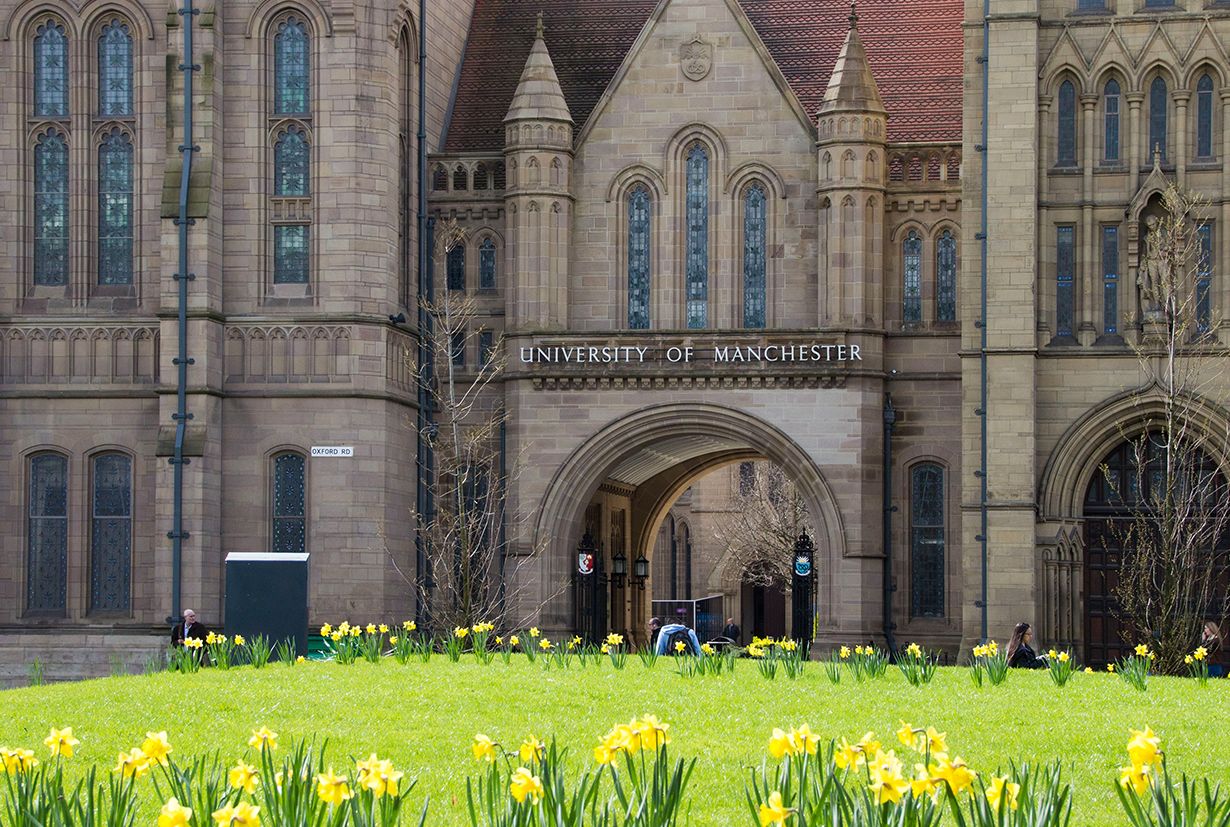
John Owen's Building
John Owen's Building
The John Owens Building was the first part of the Old Quadrangle to be constructed. It housed most of the College’s activities, including the lecture theatres, the library and laboratories.
To its left stands the Beyer Building, which was opened in 1887 and named after Charles Beyer, an accomplished engineer, known worldwide for Beyer-Peacock railway locomotives. Beyer appreciated and supported scientific education in colleges, with the building housing geology, zoology and botany.
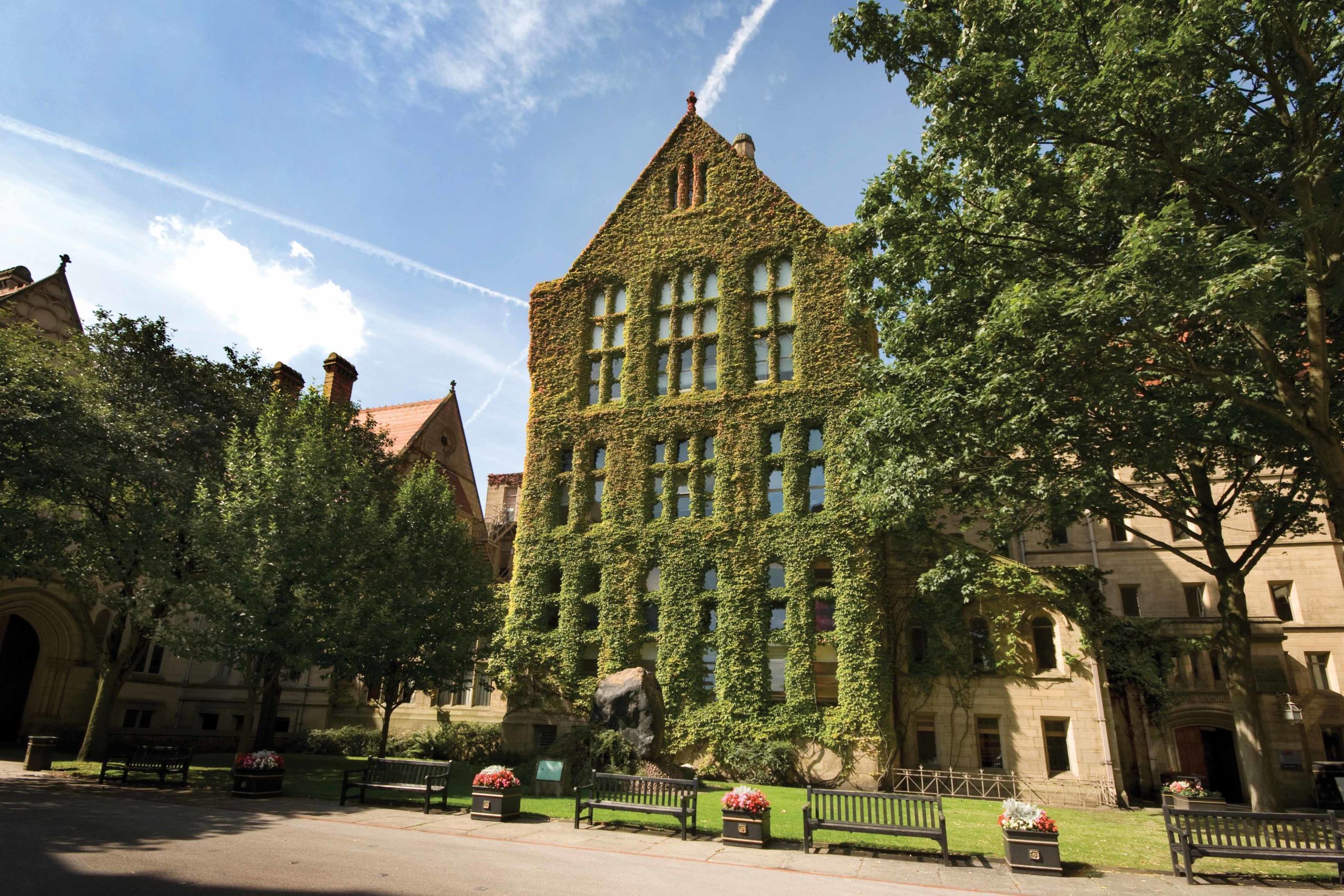
Beyer Building
Beyer Building
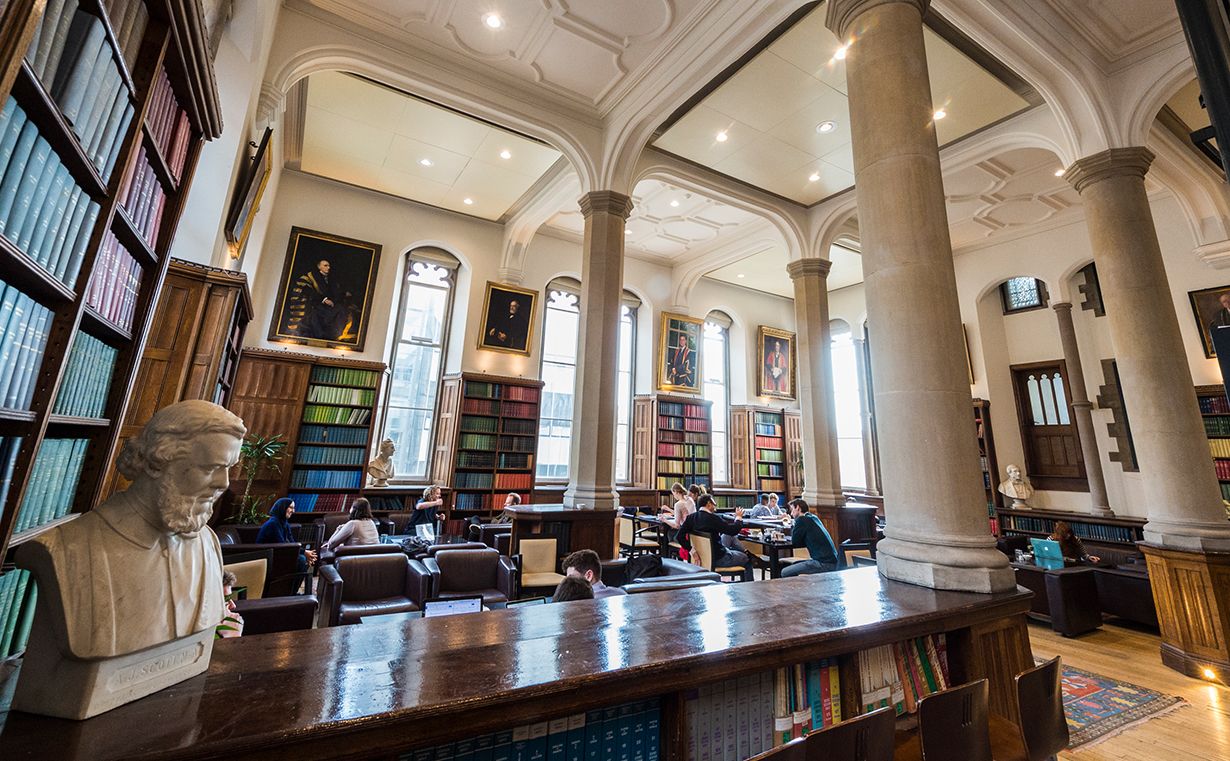
Christie Building
Christie Building
Across from the John Owens stands the Christie Building, which housed literature for all subject areas except medicine until the Arts Library was completed in 1937. The old library is now home to Christie’s Bistro – a beautiful setting for coffee or lunch.
Finally, the Whitworth Hall was the grandest part of the Old Quadrangle to be completed. It was designed to be, and still functions as, the University’s ceremonial hall in which generations of students have registered at, and graduated from, Manchester.
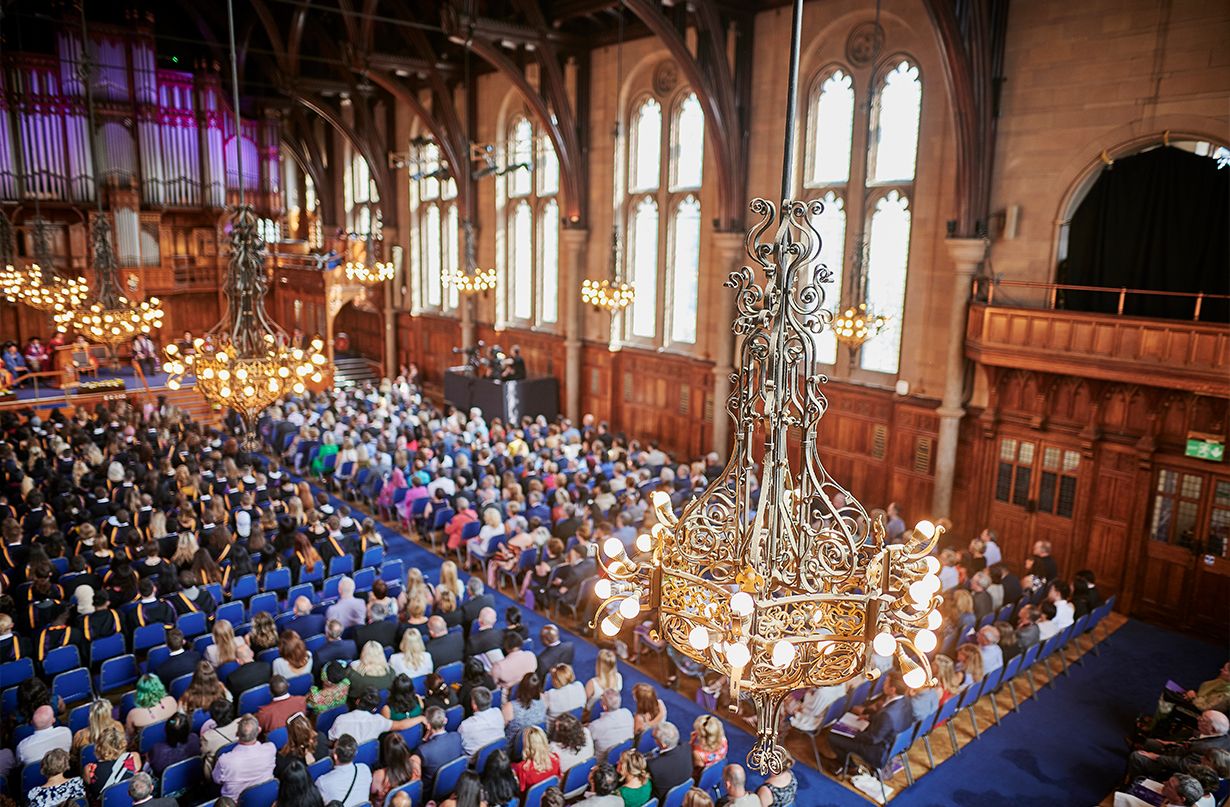
Whitworth Hall Graduation
Whitworth Hall Graduation
Gilbert Square
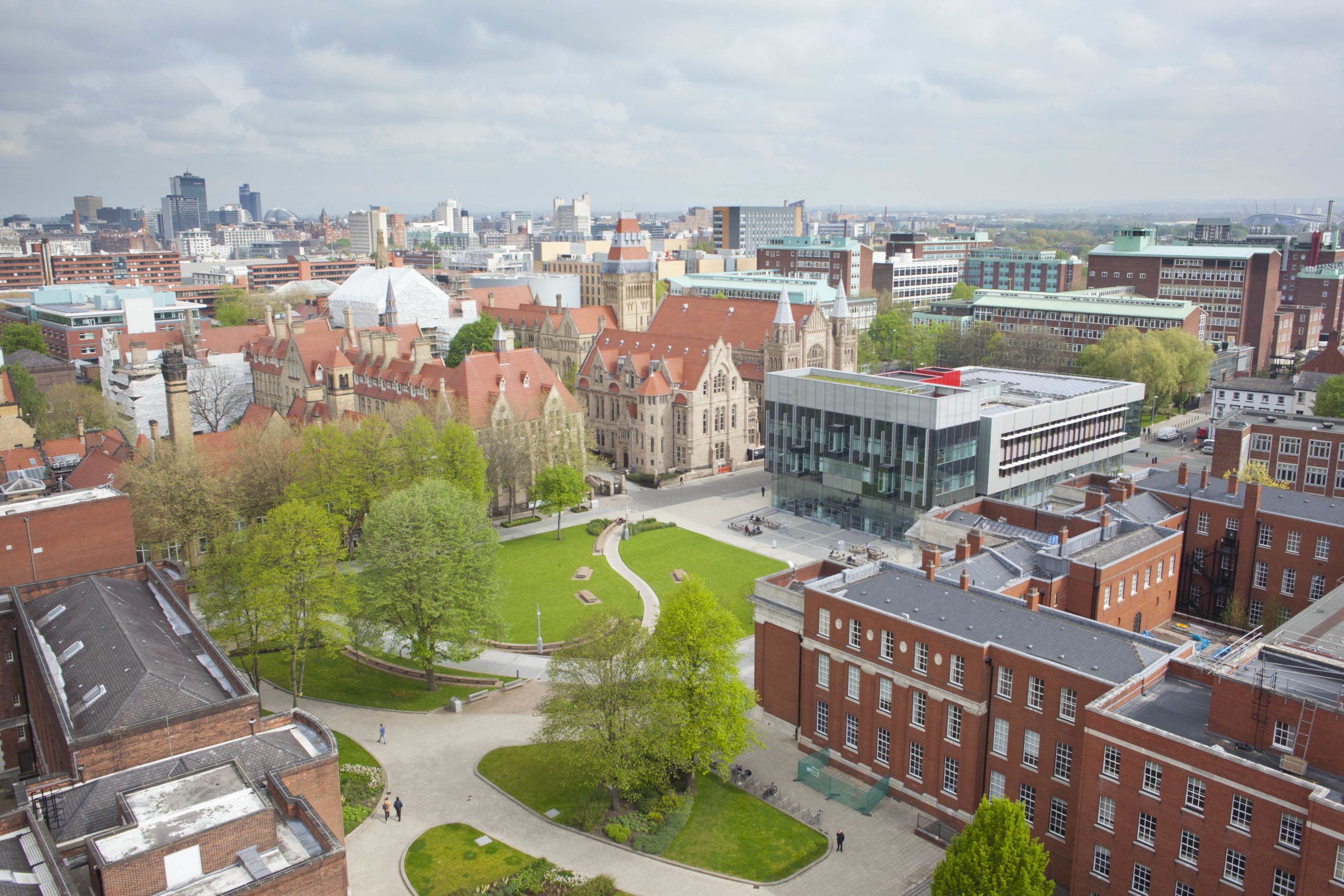
To the side of the Quad sits Gilbert Square, framed by the Library (one of only five national research libraries), the Alan Gilbert Learning Commons (our 24/7 study and learning space) and the Samuel Alexander Building.
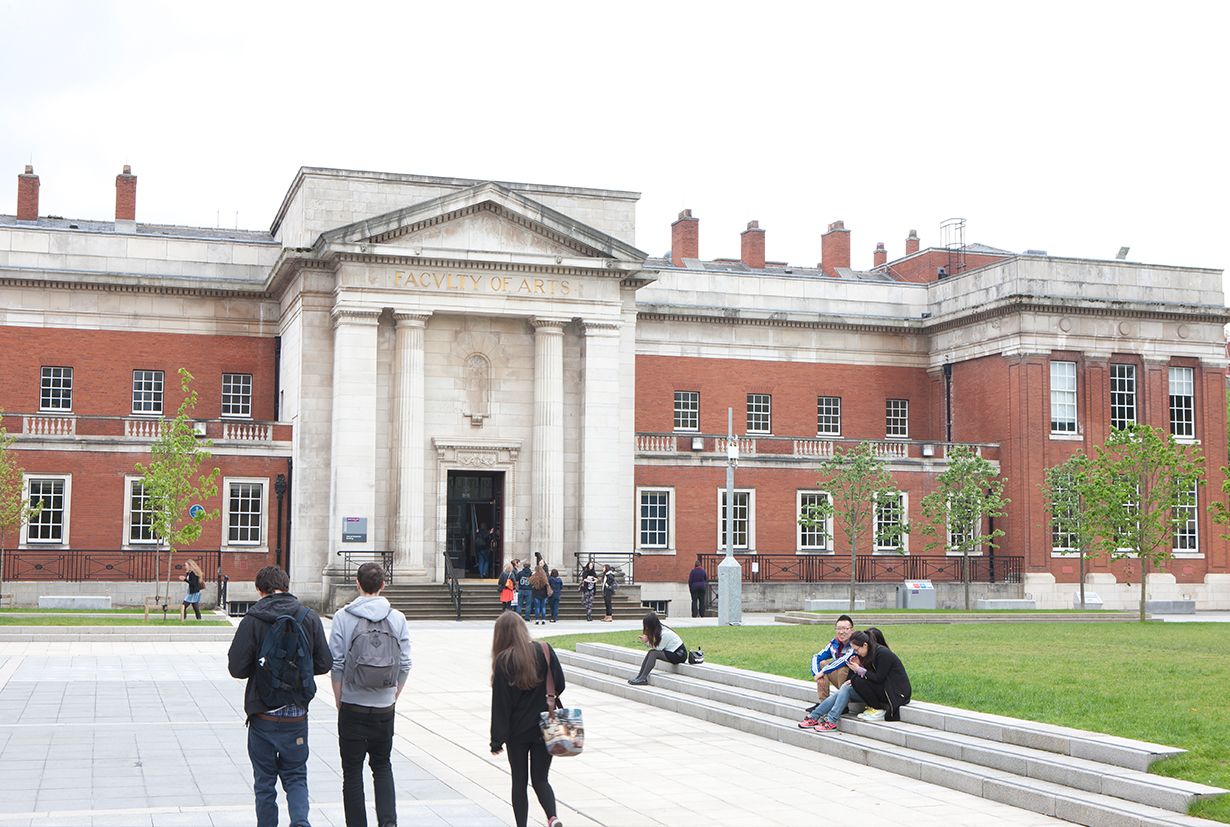
Samuel Alexander Building
Samuel Alexander Building
The Samuel Alexander Building was opened in 1919 to accommodate what was the Faculty of Arts. The neoclassic architecture, with marble white pillars, now houses most of our School of Arts, Languages and Cultures. Samuel Alexander was a philosopher who supported education for and by women, as well as the inclusion of technical education and the regional role of universities. In 1930 his distinction was recognised by the Order of Merit. 'Sammy's bust' now sits in the foyer of the building and has become a campus landmark.
Coupland Street
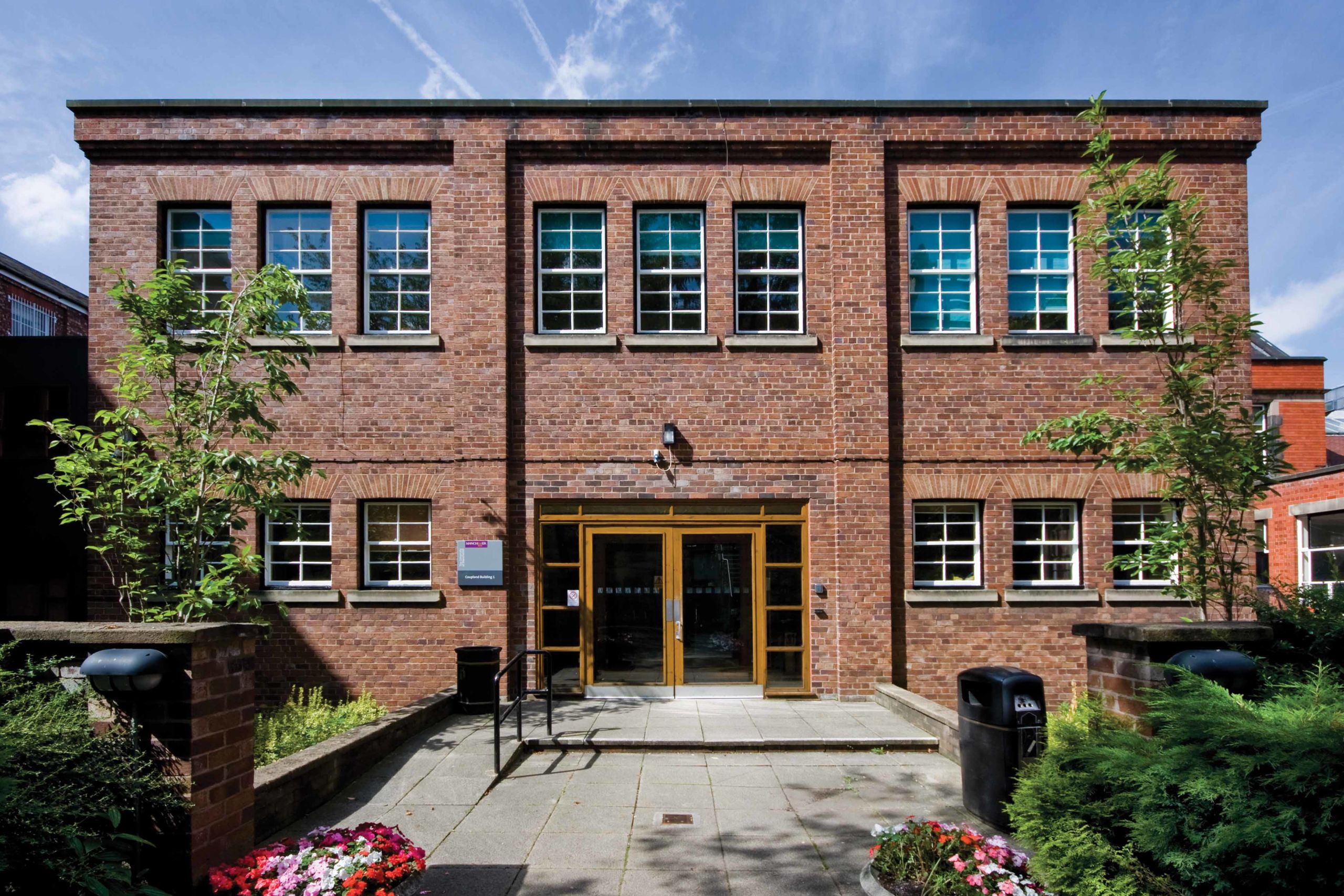
Coupland Building 1
Coupland Building 1
To the other side of the Quad is Coupland Street, a street that has changed the modern world. Made up of the Rutherford Building and Coupland Building 1, it is here that some of the greatest achievements in history were made.
In the towering red-brick Rutherford Building, Ernest Rutherford experimented with nitrogen and became the first person in history to initiate an artificial nuclear reaction, often referred to as ‘splitting the atom’.
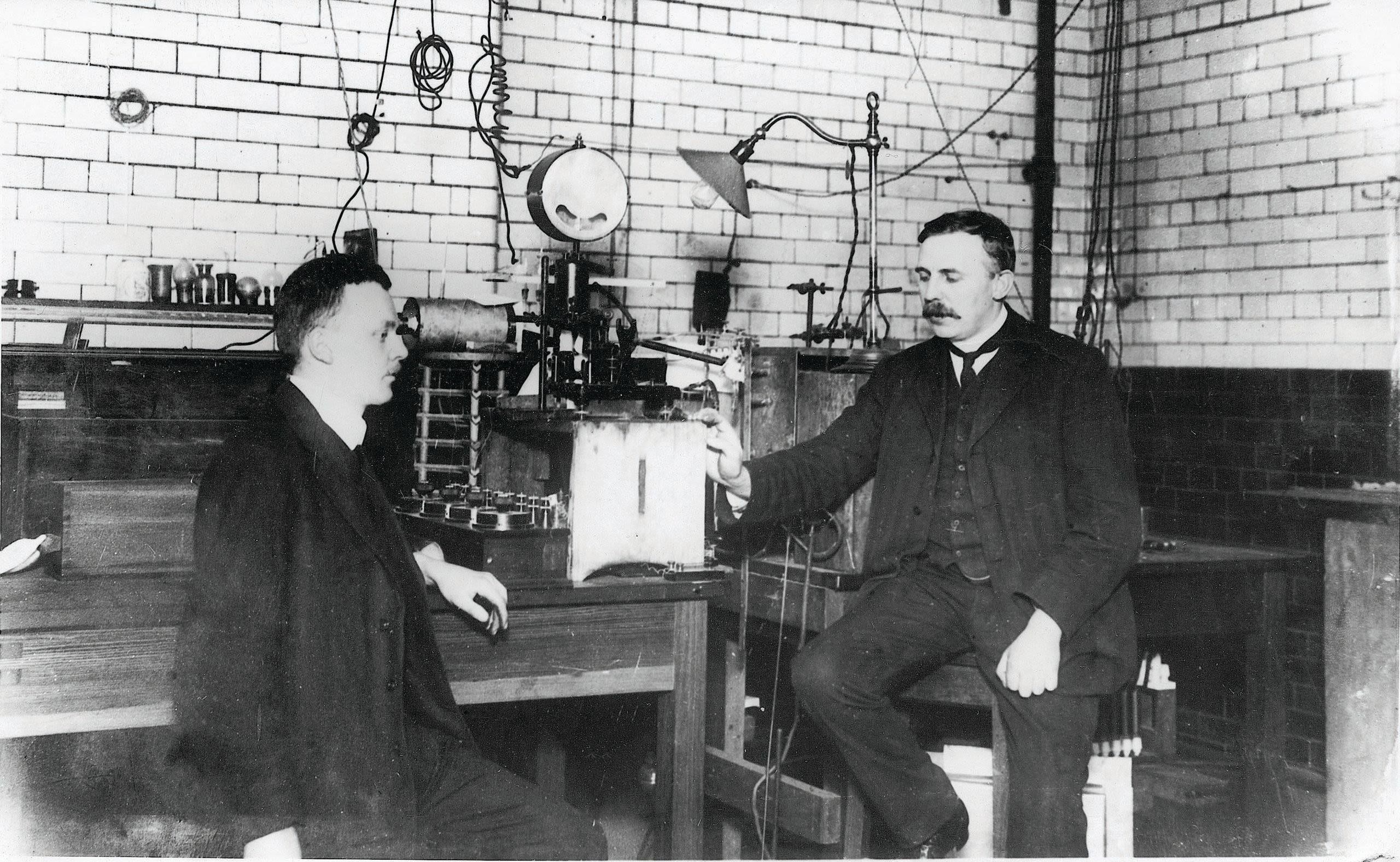
Freddie Williams and Tom Kilburn
Freddie Williams and Tom Kilburn
In Coupland Building 1, the world’s first stored-program computer was designed and built by Freddie Williams and Tom Kilburn. Nicknamed ‘the Baby’, it ran its first program on 21 June 1948, laying the foundations for modern computing. It was also in this building that the mathematician and World War II codebreaker Alan Turing began early experiments in artificial intelligence, developing the Turing Test, which asked whether machines could think like humans.
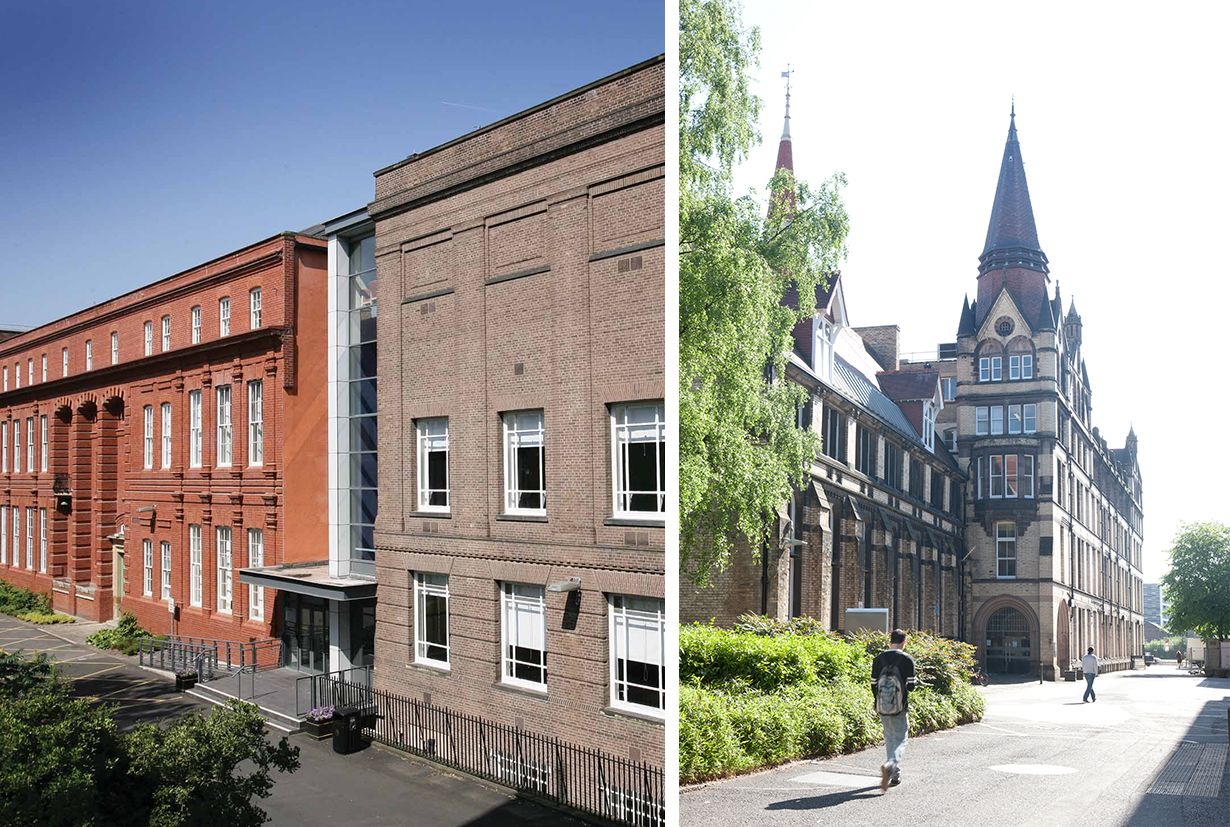
Then, as you pass the Martin Harris Centre for Music and Drama, you’ll reach Coupland Building 3 – formerly home to a medical school that was a landmark in Manchester’s trailblazing history of medical education.
Landmarks of recent history
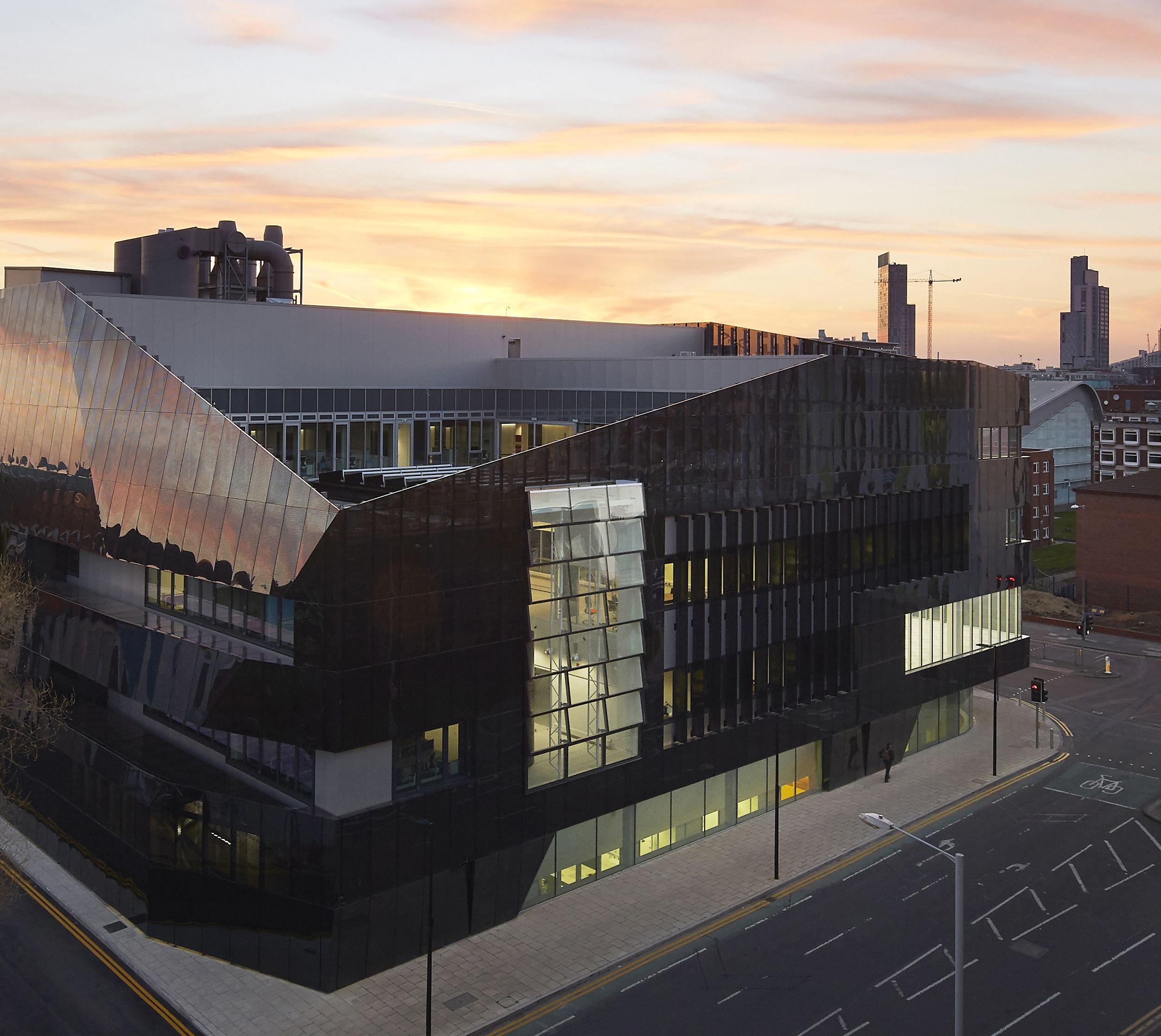
As you start to head towards the North Campus, situated in the city centre, you walk past the National Graphene Institute (NGI) and the Graphene Engineering and Innovation Centre (GEIC).
These are two of our flagship research centres that lead on developments around graphene, our 2D material that is stronger than steel and thinner than a human hair. Graphene’s properties were first isolated at Manchester by Professors Andre Geim and Kostya Novoselov, winners of the 2010 Nobel Prize for Physics.
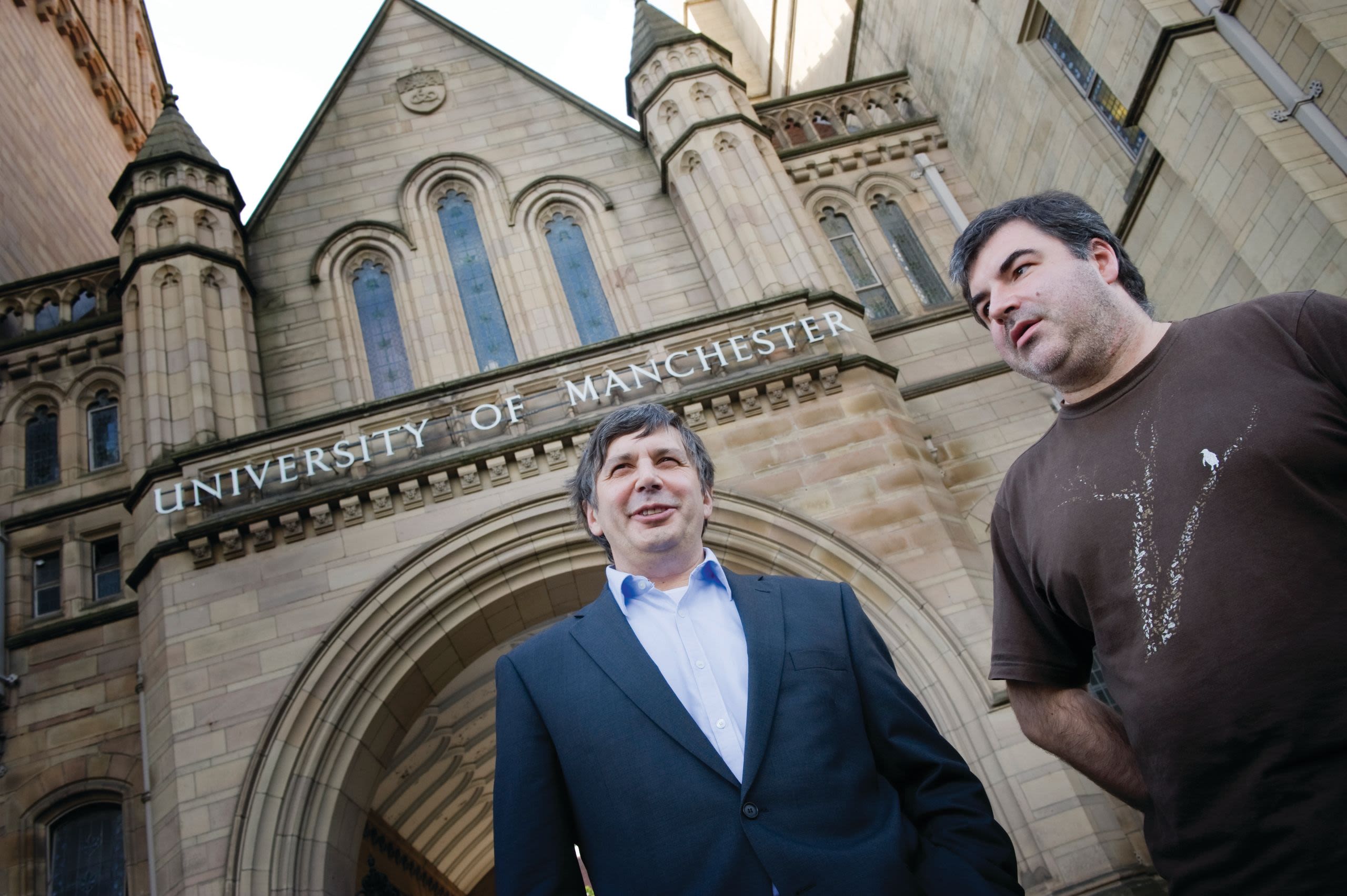
Professors Andre Geim and Sir Kostya Novoselov
Professors Andre Geim and Sir Kostya Novoselov
The NGI is the home of graphene research and the GEIC partners businesses and academics to work on applications for the 2D material.
North Campus
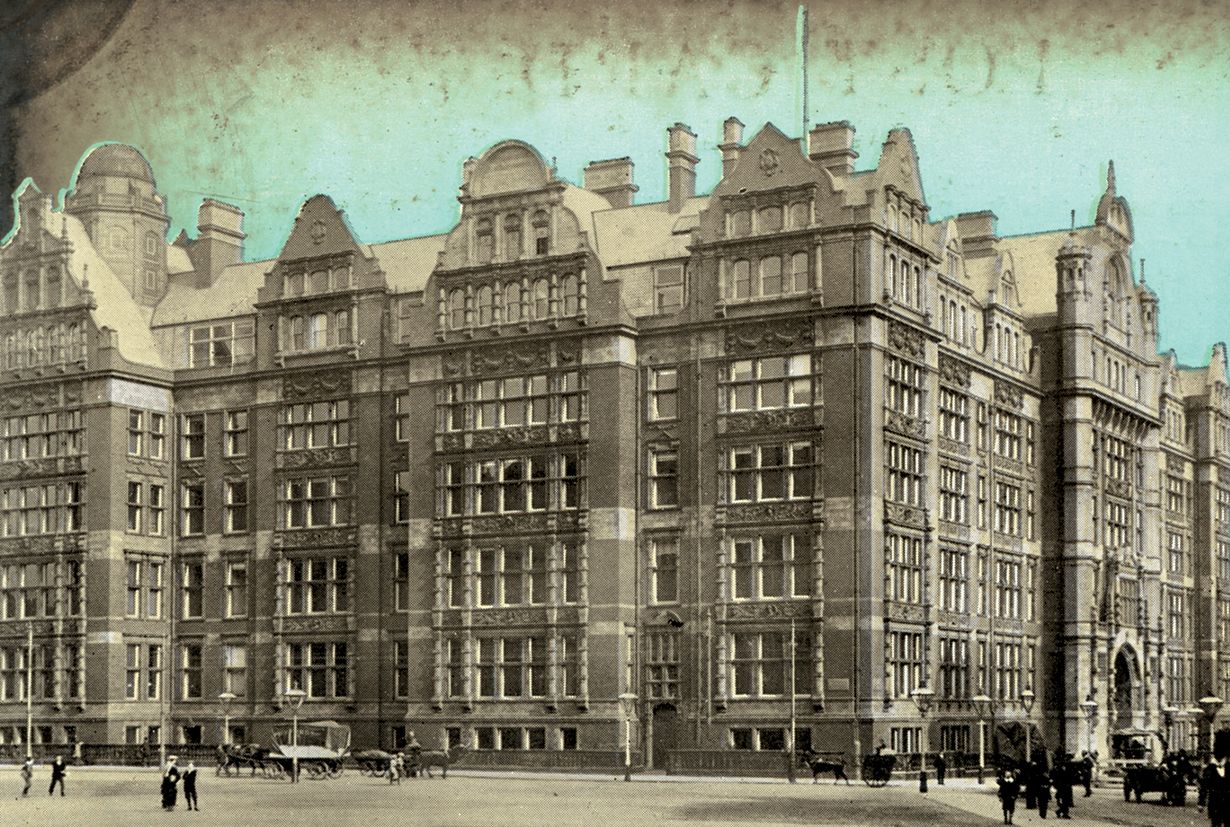
The final stop on our history tour is in Manchester’s city and one of the most historic of our North Campus landmarks: the Sackville Street Building, which has been home to the study of science, technology and engineering at Manchester for more than 100 years.
The building went on to house the historical Godlee Observatory which sits on the roof of the building. The Observatory is still in use by the Manchester Astronomical Society and forms an important part of the Sackville Street Building’s history.
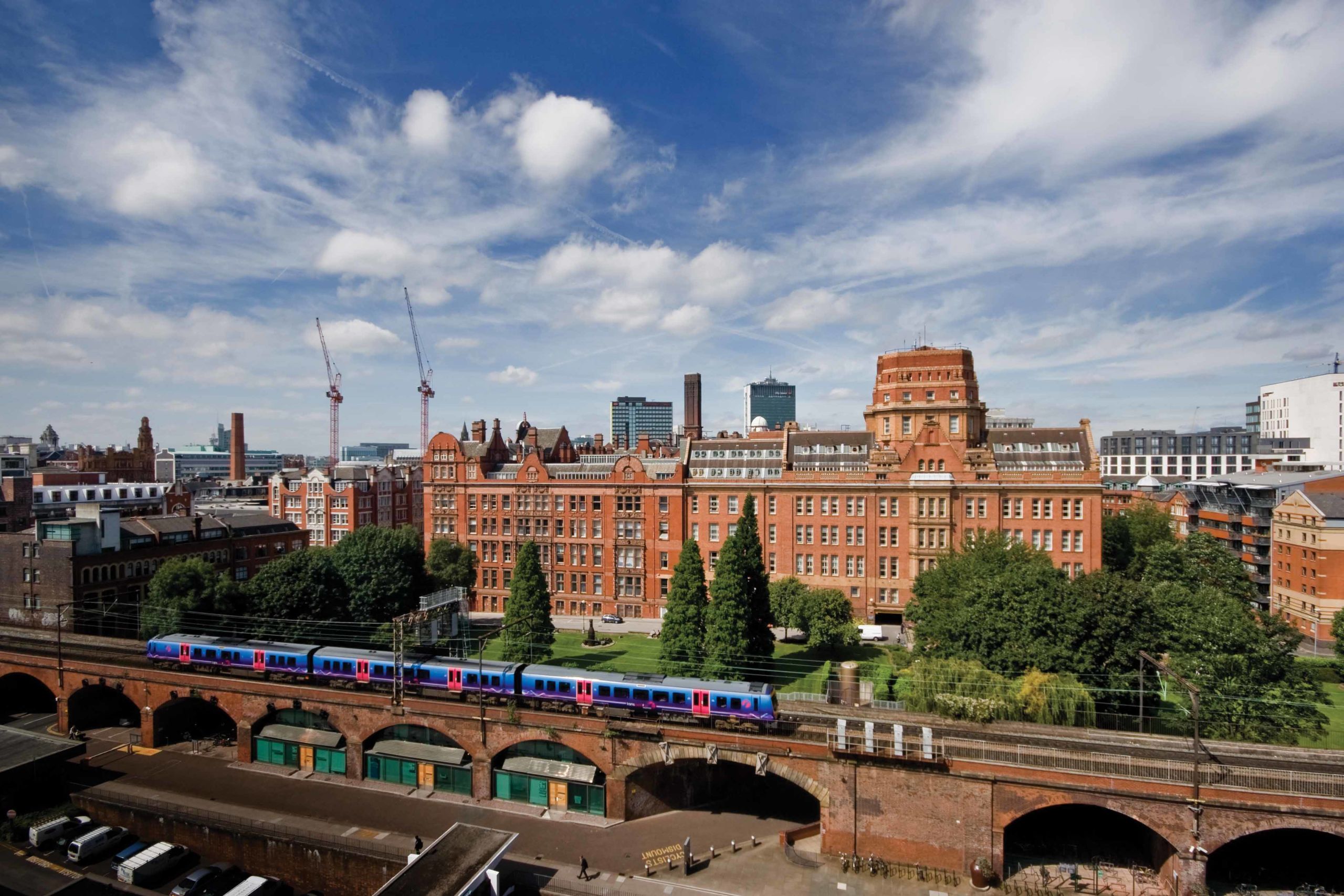
Meet our pioneers
Wander round campus and you’ll see blue plaques on the outside of some of our buildings. These commemorate people and events that have contributed to the rich social, political and cultural heritage of Manchester.
Take a Blue Plaque Tour of Campus
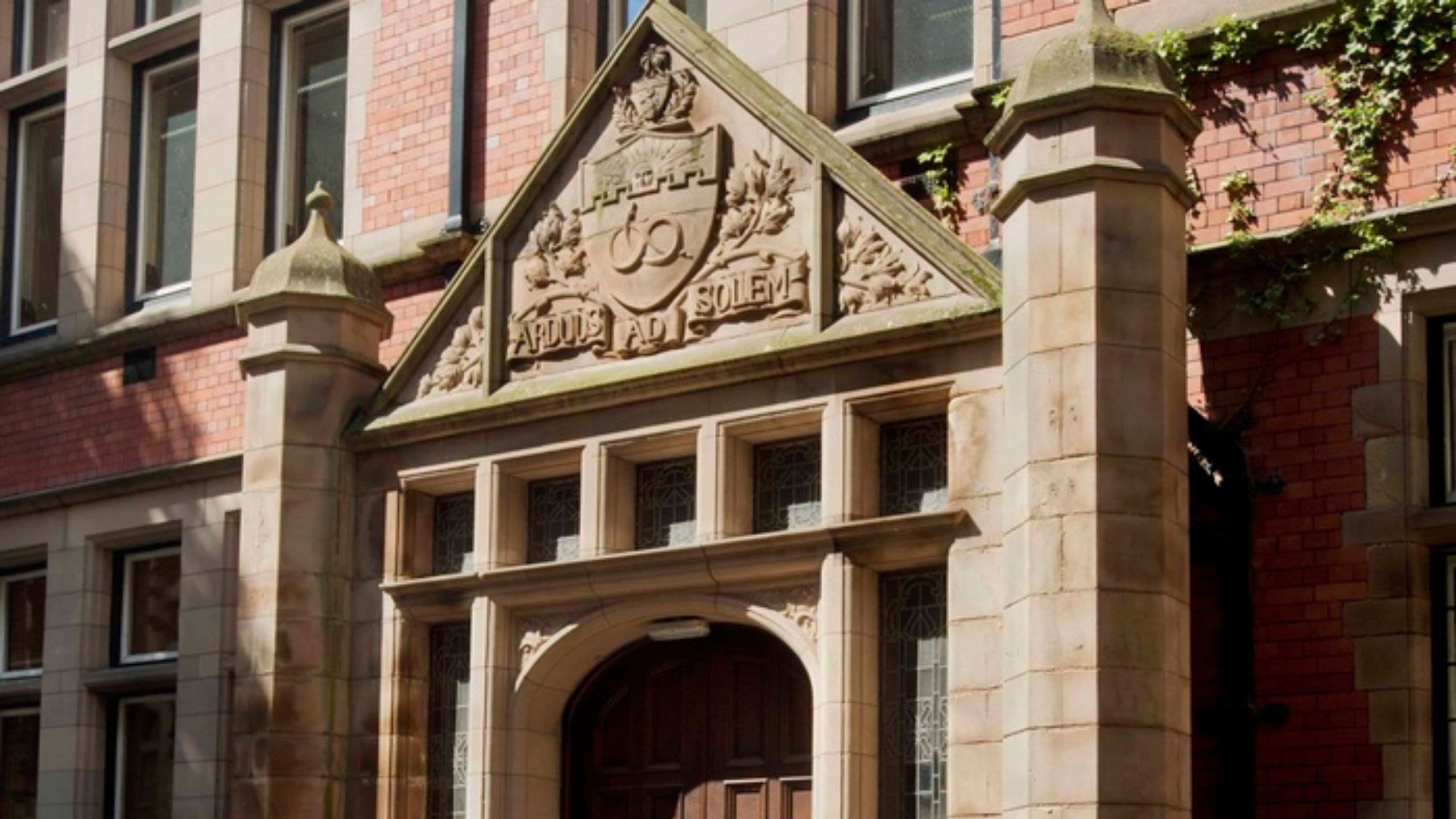
Culture on campus
Here to support you in your studies as well as provide a healthy dose of culture in your down time our theatres, museums and galleries offer something for everyone
Manchester Museum
The UK’s leading university museum has more than four million objects spanning millennia, including one of the largest collections of ancient Egyptian artefacts in the UK and roughly one million preserved animals – from aardvarks to zebras. It has supported excavations in the eastern Mediterranean, western Asia and Mesopotamia, and is currently undergoing a £13 million project which will see a two-storey extension, creating galleries dedicated to South Asia and China, as well as a new exhibition hall.
To book a visit please check the website for up to date booking information. The museum has also made lots of content available online, so you can explore its collections from home.
The Martin Harris Centre for Music and Drama
As well as two major performance spaces, the Martin Harris Centre offers a varied programme of arts events for students and members of the public including concerts, theatre productions, literature and spoken word events, seminars and lectures. The Centre also boasts its own artists-in-residence, including the string quartet ensemble, Quatuor Danel.
The Whitworth
The Whitworth is one of the finest galleries in the city, with awards from Visit England and the Art Fund. It’s home to contemporary and historic exhibitions, as well as festivals and events. Our 'gallery in a park' blends seamlessly with the surrounding greenery and also includes an art garden, sculpture terrace and café in the trees. It’s open to the public and students alike, with the latter having exclusive access to our collections and events with renowned artists. Please check the website for the most up to date opening and to book tickets (admission is still free). There are also lots of online cultural activities for you to enjoy.
The John Rylands Library
This jaw-dropping neo-Gothic building is a short walk from campus in the city centre. After ten years of building, it was opened in 1900 by Enriqueta Rylands, who named it in memory of her husband, the textile entrepreneur and philanthropist. The John Rylands is home to 1.4 million items – many of which have been digitised to view online – and holds the oldest-known piece of the New Testament. With its vaulted ceilings, ornate carvings and stained glass windows, you could easily imagine you’ve been transported to Hogwarts.
Jodrell Bank
Located a short drive away in the countryside, Jodrell Bank Observatory is the UK’s latest UNESCO World Heritage Site and an icon for British science and engineering. For the last 75 years, the pioneering scientists and researchers at Jodrell Bank have been at the forefront of our quest for understanding, and at the heart of ground-breaking discoveries and world-leading research. Its award-winning Discovery Centre continues to educate students and members of the public, and each year, Jodrell hosts bluedot Festival – combining music, live science experiments, expert talks and immersive artworks.
Contact create and produce their own shows, host tours from some of the best theatre companies in the world and develop the next generation of artists, performers and community leaders.
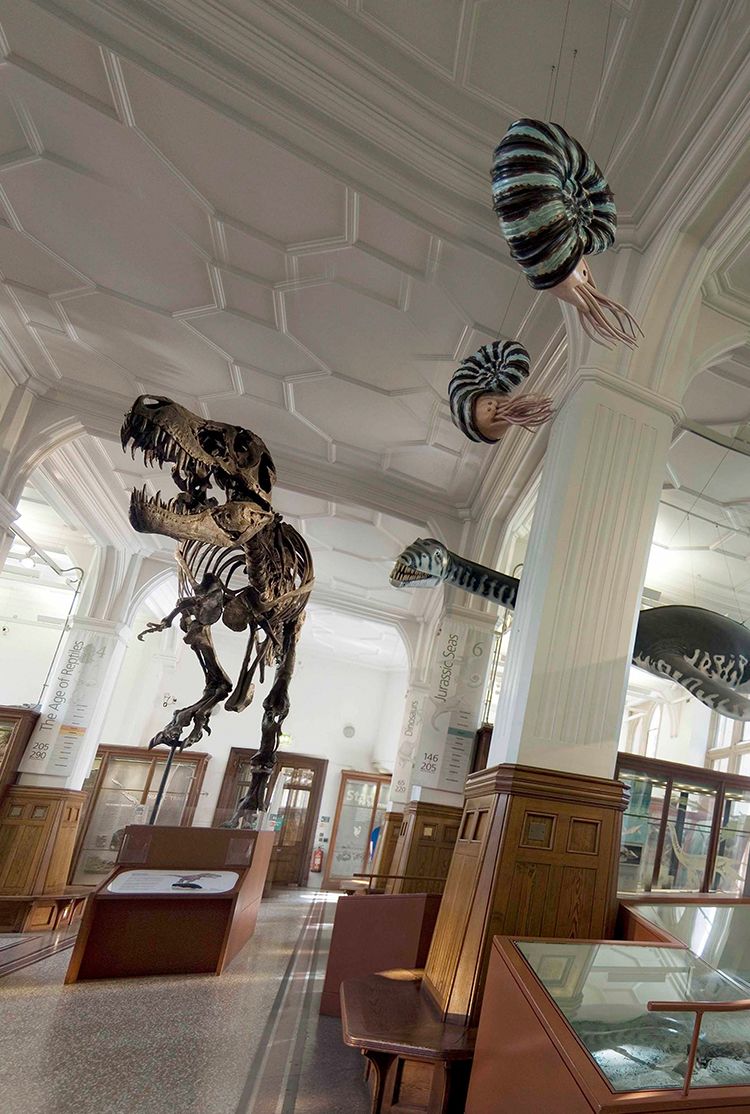
Manchester Museum
Manchester Museum
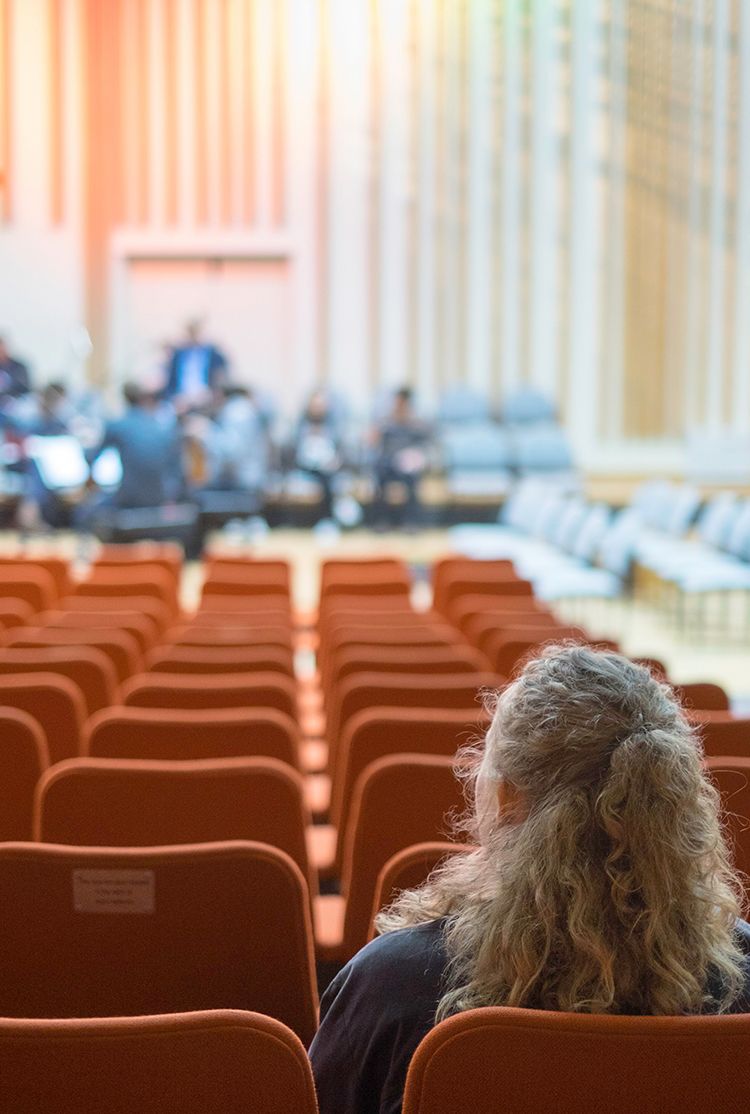
The Martin Harris Centre for Music and Drama
The Martin Harris Centre for Music and Drama
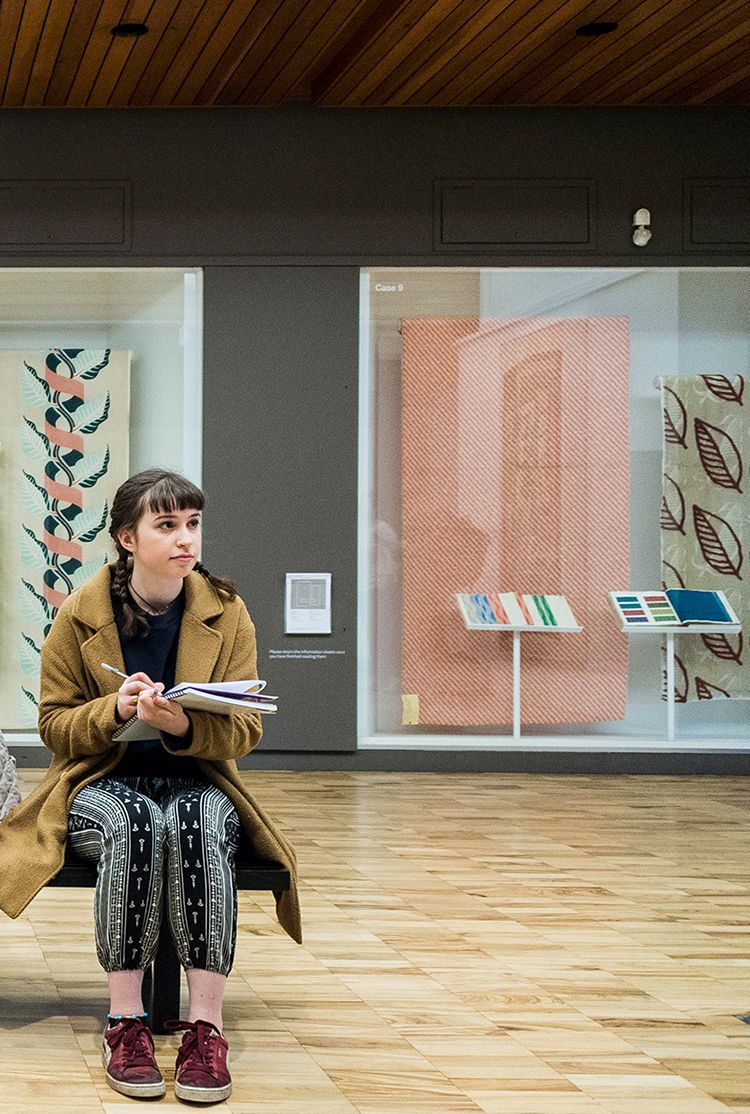
The Whitworth
The Whitworth
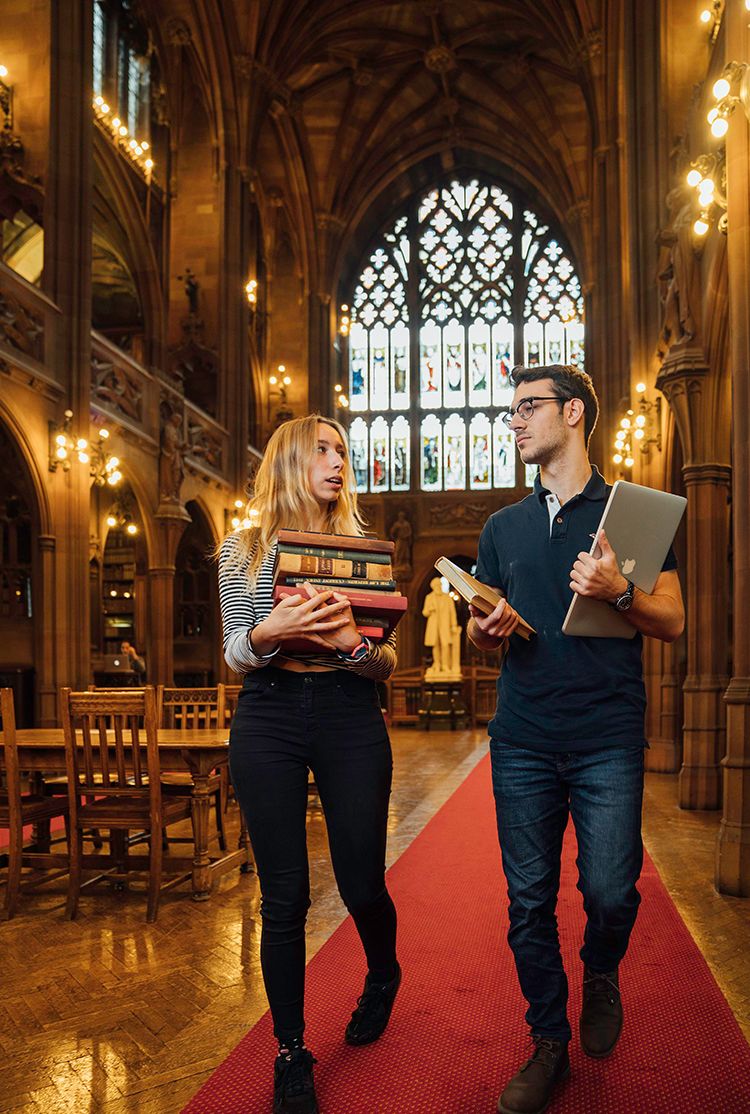
The John Rylands Library
The John Rylands Library
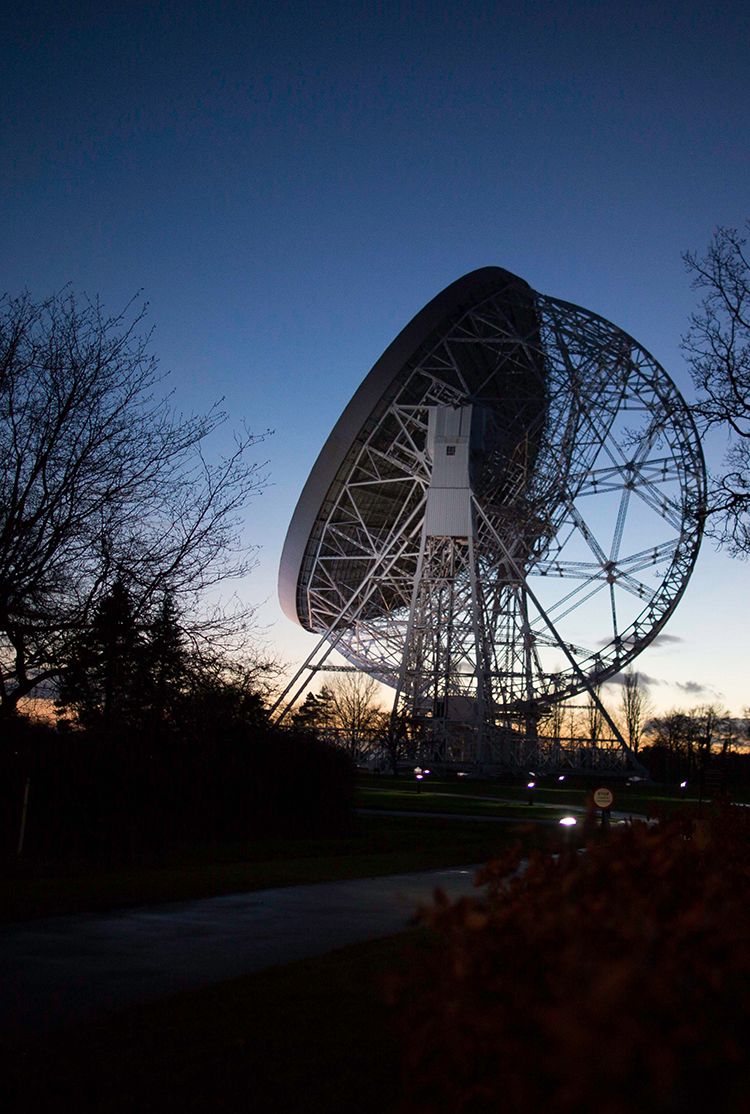
Jodrell Bank
Jodrell Bank
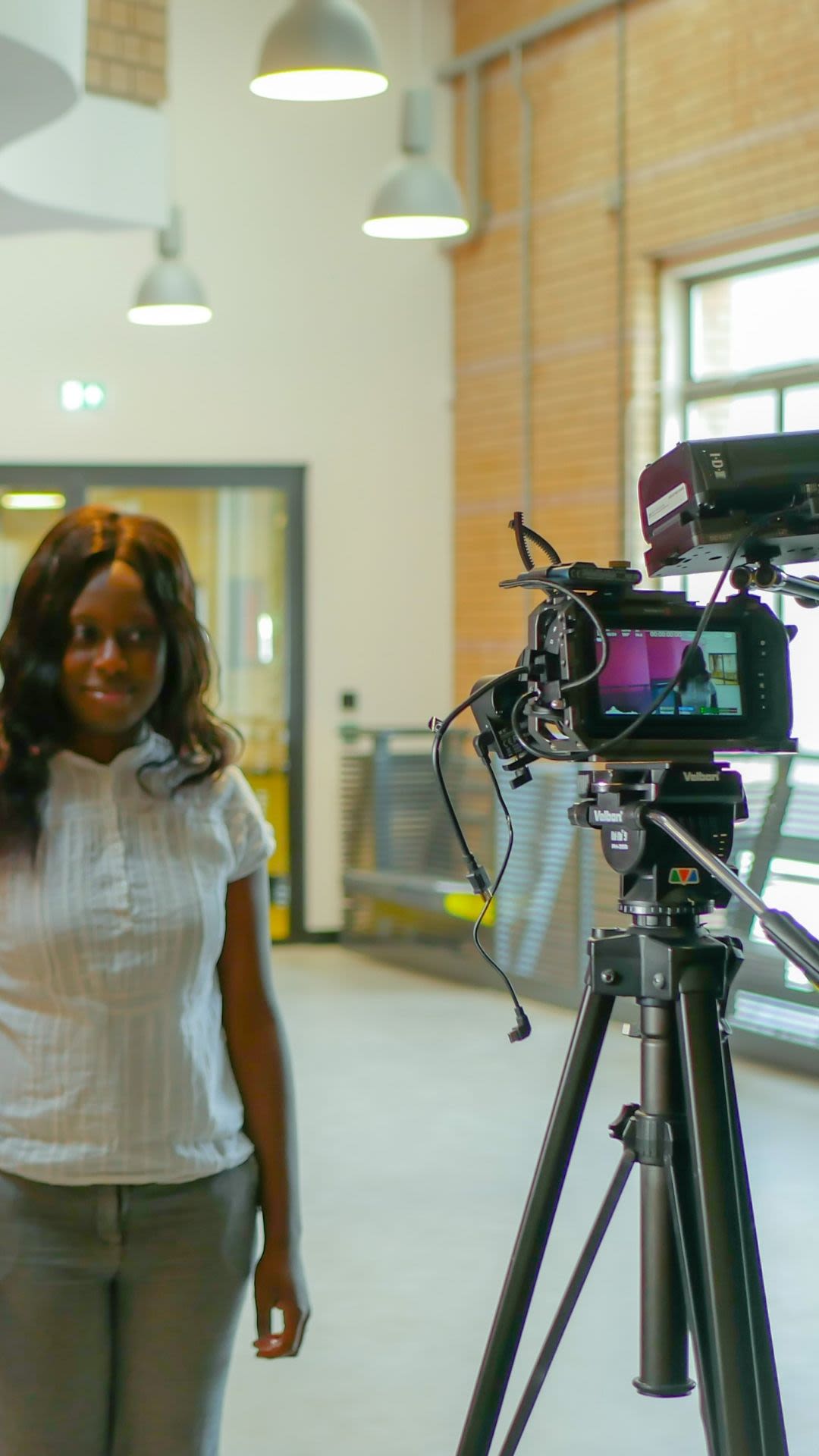
Contact @ Helen Davidson
Contact @ Helen Davidson

Ready to explore the city?
Make sure you're up to date with your Welcome and induction
